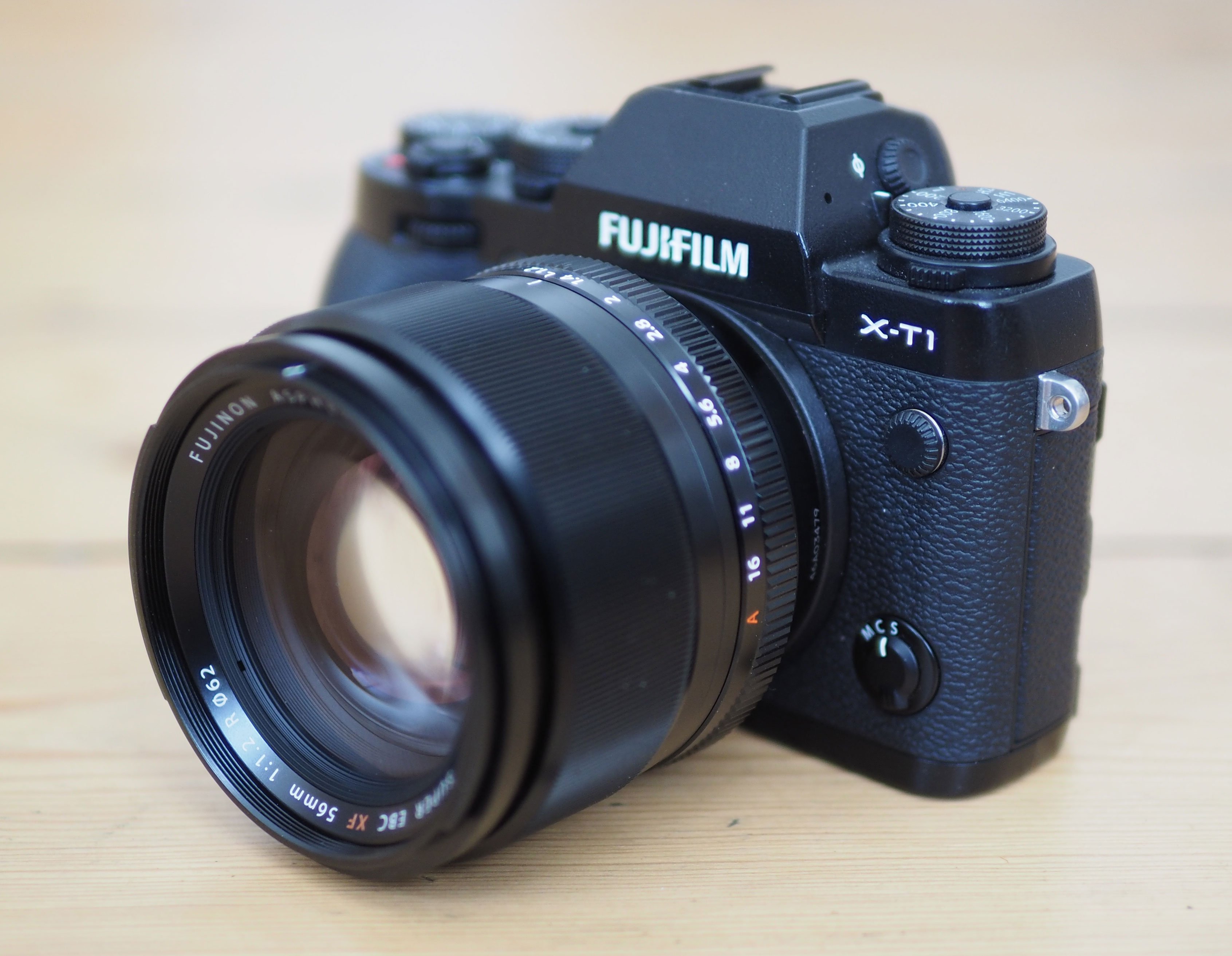
Fujifilm XT1
-
-
Written by Gordon Laing
Fujifilm XT1 vs Olympus OMD EM1 quality RAW
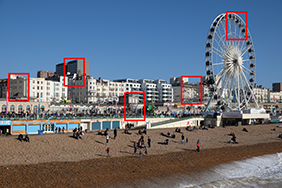
To compare real-life RAW performance I shot this scene with the Fujifilm XT1 and Olympus OMD EM1 within a few moments of each other using their RAW modes.
The XT1 was fitted with the 18-55mm f2.8-4 kit zoom and the EM1 fitted with the 12-50mm f3.5-6.3 kit zoom, both set to f5.6 in Aperture Priority mode and adjusted to deliver the same field of view. You can see a comparison with prime lenses in my noise results, again linked on the index left.
Both cameras were set to their lowest base sensitivities of 200 ISO, and all other settings were left on the defaults. Stabilisation was disabled for this tripod-mounted comparison.
In my comparison below you can see how the Fujifilm X-T1 compares against the Olympus OMD EM1 when both cameras are set to RAW and their images processed using Adobe Camera RAW (v8.4 Beta) using identical settings: Sharpening at 50 / 0.5 / 36 / 10, Luminance and Colour Noise Reduction both set to zero, the White Balance set to 5500K and the Process to 2012 with the Adobe Standard profile; ACR loaded lens profiles for both images and I enabled their correction. The high degree of sharpening with a small radius enhances the finest details without causing undesirable artefacts, while the zero noise reduction unveils what’s really going on behind the scenes.
As explained on the previous page of JPEG comparisons, much of the quality difference you can see below, especially from the crops towards the edges, is influenced by the respective optics used. The Fujifilm 18-55mm f2.8-4 is simply out-performing the Olympus 12-50mm as soon as you move away from the center of the frame. To be fair the 18-55mm is a more expensive lens than the 12-50mm so you’d expect it to perform better, but equally the X-T1 body is a little cheaper than the EM1, making the combinations compared here actually very close in price.
Caveats aside, I’d say the X-T1 crops look very similar to the in-camera JPEGs on the previous page and using the settings described above didn’t result in any significant improvements in quality. The OMD EM1 however fared less well with my combination of high sharpening and zero noise reduction – it’s revealed a sprinkling of noise on flat areas of colour like the sky and sides of buildings that was processed-out on the JPEGs. Of course there’s few folk who’d turn up the sharpening and turn off the noise reduction, but it does reveal that under the same processing conditions, the EM1 has more noise to contend with than the X-T1, as you’d expect from a slightly smaller sensor – even at their base sensitivities.
To find out how the noise levels compare – not to mention seeing the impact of using prime lenses rather than kit zooms – check out my Fujifilm XT1 noise results on the next page. Alternatively you may enjoy my Fujifilm XT1 sample images or want to skip straight to my verdict.
Fujifilm X-T1 RAW Using Fujifilm 18-55mm f2.8-4 at f5.6 | Olympus OMD EM1 RAW Using ZD 12-50mm f3.5-6.3 at f5.6 | |
 |  | |
f5.6, 200 ISO | f5.6, 200 ISO | |
 | 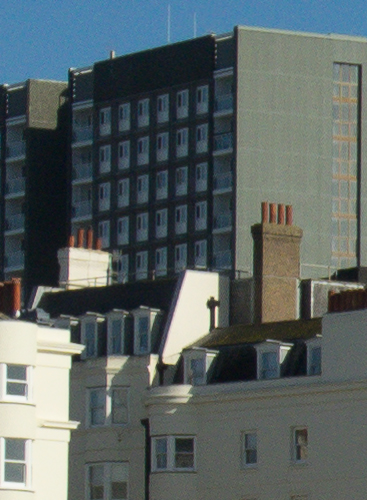 | |
f5.6, 200 ISO | f5.6, 200 ISO | |
 |  | |
f5.6, 200 ISO | f5.6, 200 ISO | |
 |  | |
f5.6, 200 ISO | f5.6, 200 ISO | |
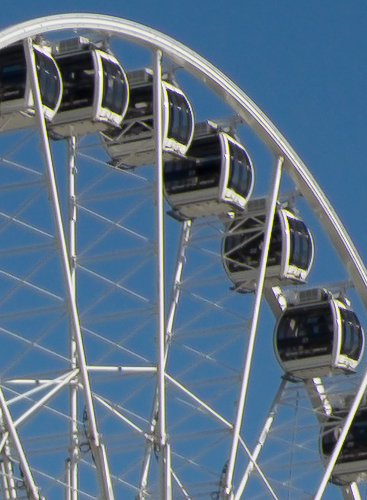 | 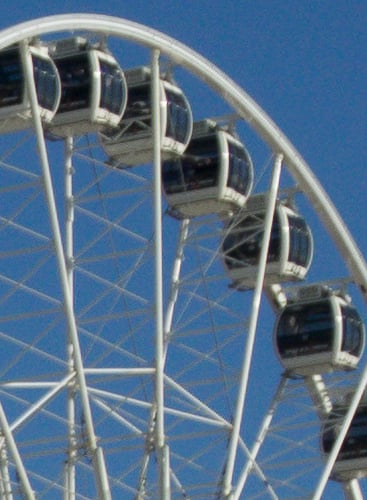 | |
f5.6, 200 ISO | f5.6, 200 ISO |



